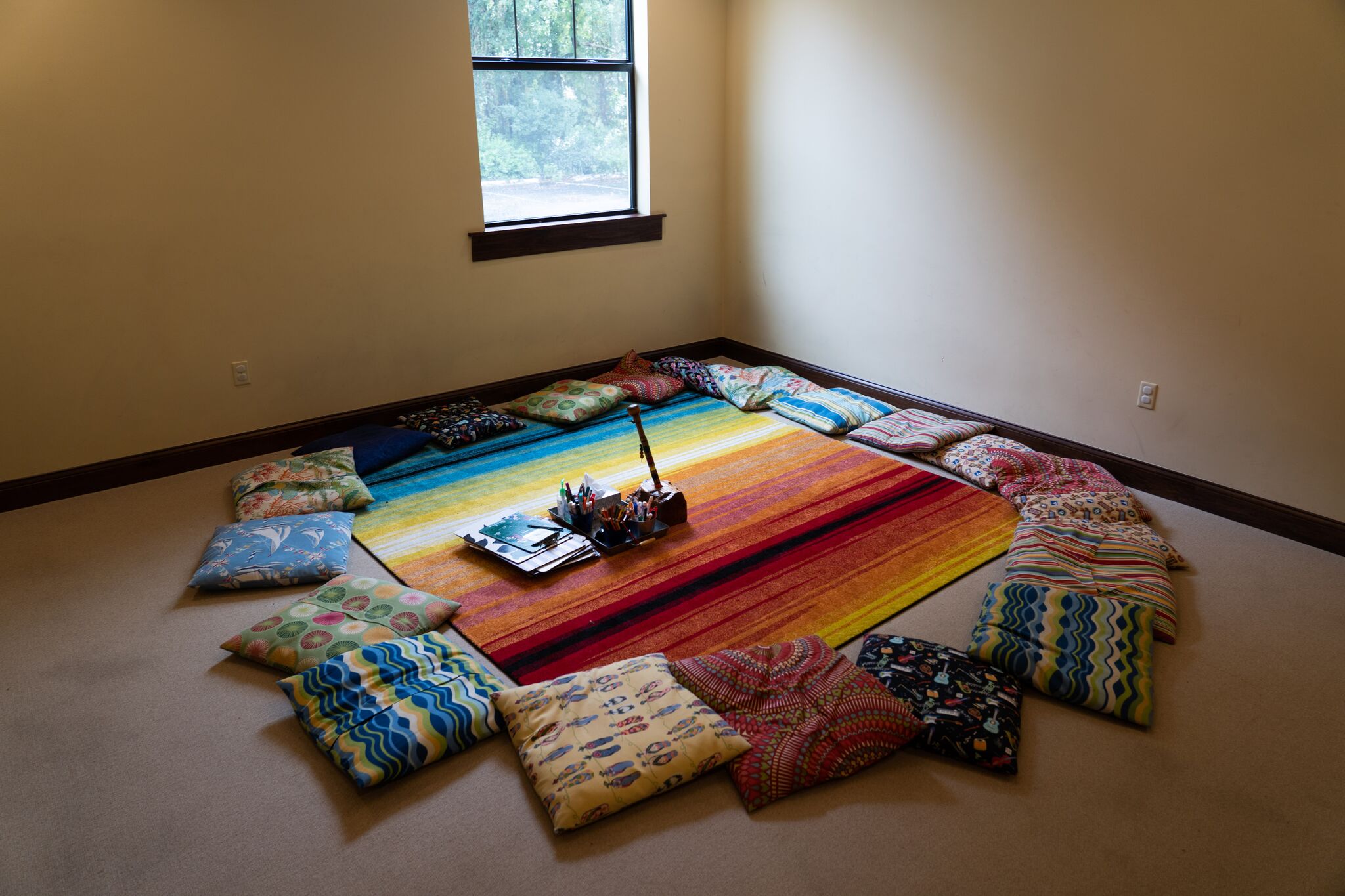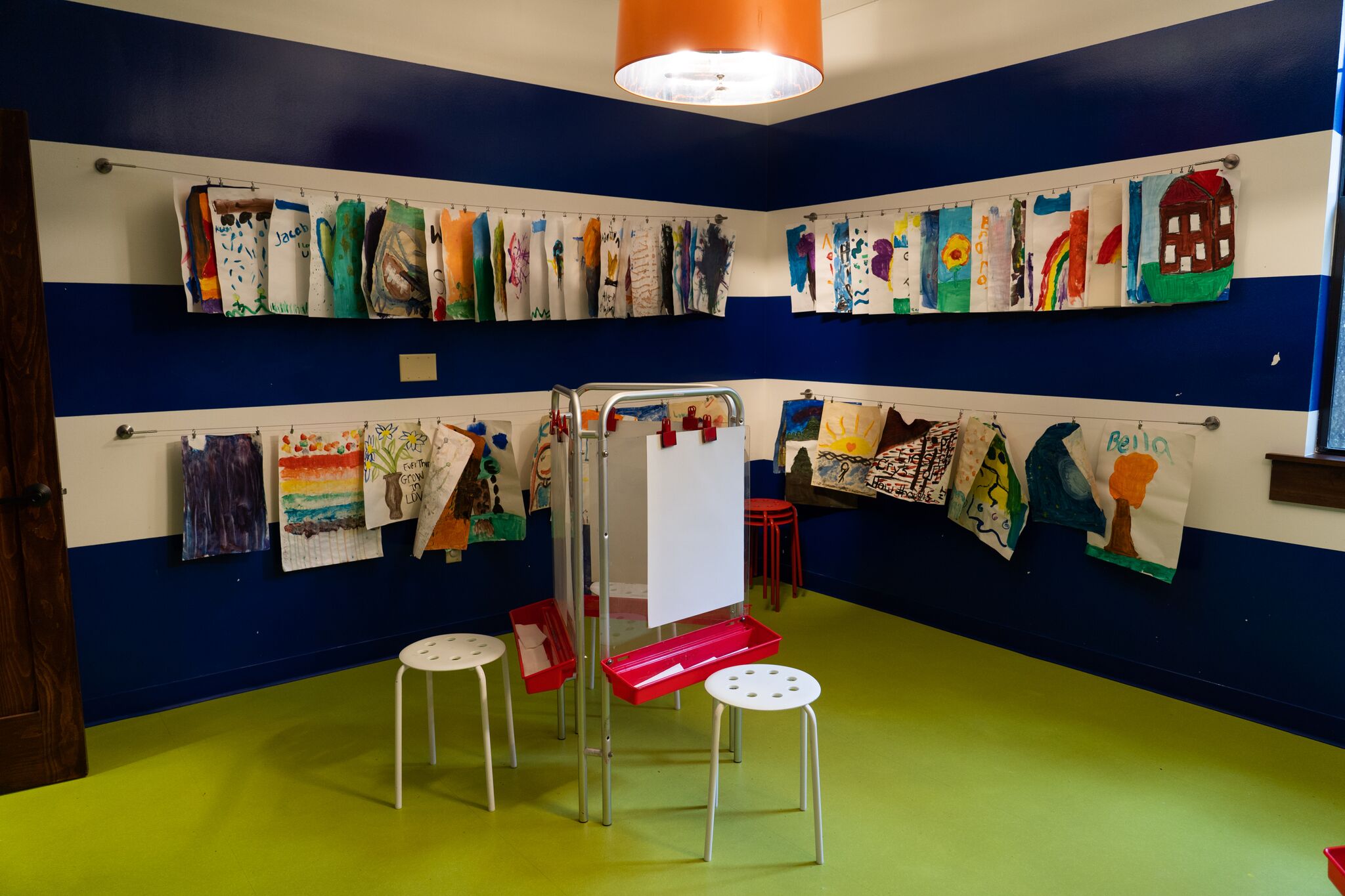
Students enrolled in a health communications class are partnering with a local non-profit to develop a curriculum that will provide young adults in Central Florida with a safe space to grieve.
The course “Difficult Dialogues in Health Communications,” taught by Dr. Sarah Parsloe, assistant professor of communication, is working with New Hope for Kids, a non-profit organization that specializes in assisting families that are dealing with the loss of a family member, as well as families with children who have life-threatening illnesses.
The organization works with kids ages 3 to 19-years-old. However, the organization currently does not have a program for students in college. Parsloe said that New Hope wants to expand the program to include college-aged young adults. Grieving young adults “often feel very isolated in their grief, especially when they’re transitioning to college,” said Parsloe.
Both Parsloe and New Hope for Kids are hoping to provide a valuable resource for these grieving college-aged adults. Parsloe said that she set up her class to help in the process. “My class is designed to help New Hope for Kids develop a grief curriculum for young adults,” she said.
The purpose of the class is to teach students how to help others with different types of grief, preparing students for the task of creating a grief curriculum for New Hope for Kids. In this way, the work of these Rollins students will benefit college-aged students across the Central Florida community.

The relationship between the organization and the class is beneficial for both parties. Marilyn Lopez (‘20) said that the class taught her that “listening to someone’s story is more efficient and more helpful to the person that’s going through the situation than offering an opinion.”
Gloria Capozzi, volunteer and marketing manager for New Hope for Kids, said that “when starting a new program, assessing the need and providing good and thorough research is critical. Sarah [Parsloe], through this critical dialogues class, embraced this effort with purposeful passion.”
Capozzi also recognized the importance of having young adults, in this case Rollins students, involved in the effort to bring this new addition to the organization. She said that the students are “working on a difficult topic for their peers…their age group and can relate and empathize.”
Parsloe said that students are engaging in research to better understand grief and how to help someone get through it. They have been to the New Hope for Kids center to conduct fieldwork. Parsloe explained that the students are observing the current grief groups and “reimagining what they would look like for a young adult population.”
Recently, the students also started conducting focus groups at New Hope for Kids. The participants include those who once used the organization’s services as children. The focus groups involve asking questions to these young adults and assessing their desire and need for the new program.
New Hope for Kids’ center, located in Maitland at 544 Mayo Ave., has a variety of amenities to help children and families grieve. For example, there is a video game room, craft room, and a central hearth and kitchen.
The environment is very comfortable and home-y. The central hearth and kitchen have the design of a normal living room. Each of the rooms in the periphery serve a separate purpose and have clean and specific designs. The “hurricane” room, for example, contains soft padding and a punching bag. The video games room has a sleek white design and two flat-screen televisions.
Capozzi summarized the solidarity between the class and organization by saying that “it is our goal to serve our community in grief, and this beautiful effort gets us there.”






Be First to Comment